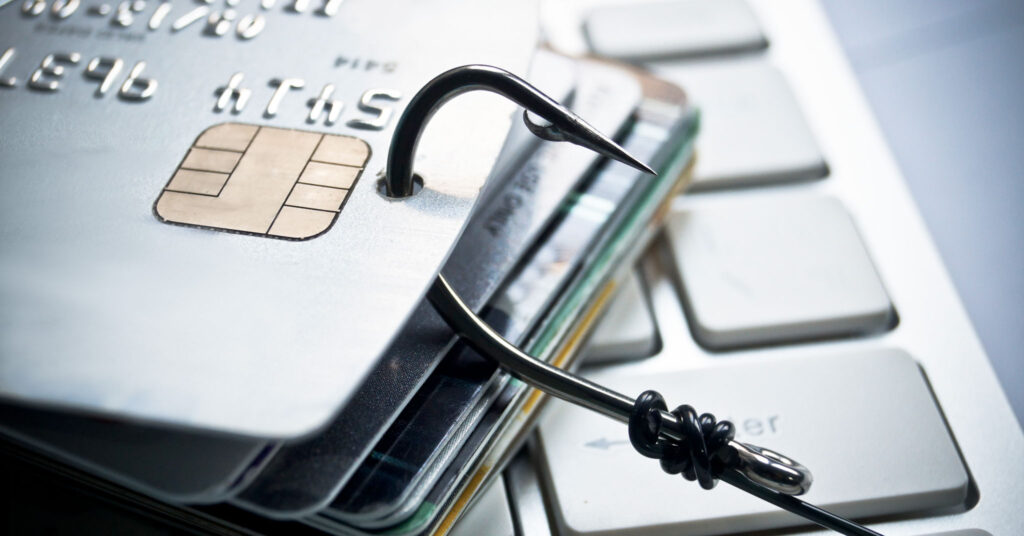by Matthew Volkman, Email and SMS Deliverability Consultant
Email authentication is an important process that happens behind the scenes any time you send an email. Proper authentication makes sure emails are legitimate and secure. The process involves various methods to verify the origin and authenticity of an email sender. This helps prevent phishing attacks, email spoofing, and other forms of email-based fraud.
In simpler terms, email authentication is like a bouncer checking IDs at the door. It confirms the purported sender of an email is really the sender. This is particularly important for businesses that send out large volumes of emails for marketing or other purposes. Without authentication, it would be all too easy for spammers to steal your identity and use it for nefarious purposes.

Think of email authentication as a language that honest emails use to prove their authenticity to recipients’ email servers, providing an added layer of security and trust.
Gone Phishing: How Email Authentication Protects Us All
For senders, email authentication is the foundation for ensuring your messages are genuine and trustworthy. Proper authentication should really be implemented before you start emailing your list. Requiring authentication protects customers from outside spam and phishing attacks. Keeping proper technical records of the authentication are essential for security and inboxing.
Email providers use two main methods to verify the authenticity of your email messages, SPF and DKIM.
SPF: Would You Leave Your Sender Domain Unprotected? Spammers Would.
The SPF (Sender Policy Framework) email authentication method helps prevent email spoofing, phishing, and spam by malicious actors from getting through. This method proves the sender’s domain is authorized to send emails on behalf of that domain. Remember our driver’s license example? When an email is sent, the receiving email server checks the SPF record of the sender’s domain to verify that the sending mail server is authorized to send emails from that domain.
By confirming that the email is sent from a legitimate and authorized mail server, SPF helps improve email deliverability, preventing your emails from being marked as spam or getting rejected by the recipient’s email server. To set up SPF, you’ll need to add a DNS record to your domain’s DNS settings. If you’re unfamiliar with DNS, ask your IT team for assistance. (If you’re an Act-On customer using our Deliverability Services, your deliverability consultant can help answer your questions. If you’re not…well, that’s easy to fix!).

DKIM: Keys To Your Success
DKIM (DomainKeys Identified Mail) is another email authentication method. It adds a digital signature to an email’s header -similar to your car keys and the car lock. DKIM is important because it shows that the email was sent from a verified sender and not a spoofed or fraudulent email address. Implementing DKIM is relatively easy, but it does require some technical knowledge. You’ll need to generate a DKIM signature and add a DNS record to your domain’s DNS settings. Most email service providers support DKIM, so check with your provider to see if it’s available and how to set it up.
If It Looks Like Spam and Sends Like Spam, It’s Spam
Prevent getting added to email providers’ spam lists by building in smart sending habits from the beginning. Here are some best practices for email sending that scammers and spammers would never bother to do:
- Build a quality email list: Your email list should include people who have opted in to receive your emails. Don’t buy email lists or add people without their consent. If you have previous bounces or opt-outs, upload them into the system before sending.
- Create engaging content: Your emails should be interesting, informative, and relevant to your audience. We recommend sending to your most engaged users first to build trust.
- Set a soft bounce limit: Decide how many soft bounces you’ll receive from an account before pausing sends to the user.
- Optimize with A/B testing: Use A/B testing to see what works best for your audience. Test different subject lines, send times, and content to see what resonates most.
The Last Word on Email Authentication
Email marketing is a powerful tool for reaching and engaging with customers, but it’s important to ensure your emails are authentic and trustworthy. By implementing email authentication methods like SPF and DKIM, you can improve email deliverability, enhance the reputation of your sender domain, and build trust with your customers. Remember: email authentication is just one part of a successful email marketing strategy.
Interested in hearing more from our deliverability team? Check out our webinar, Deliverability Clinic: Diagnosing the Symptoms that Lead to Email Failure.
